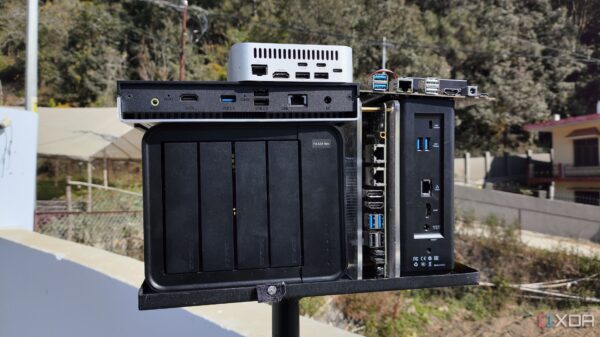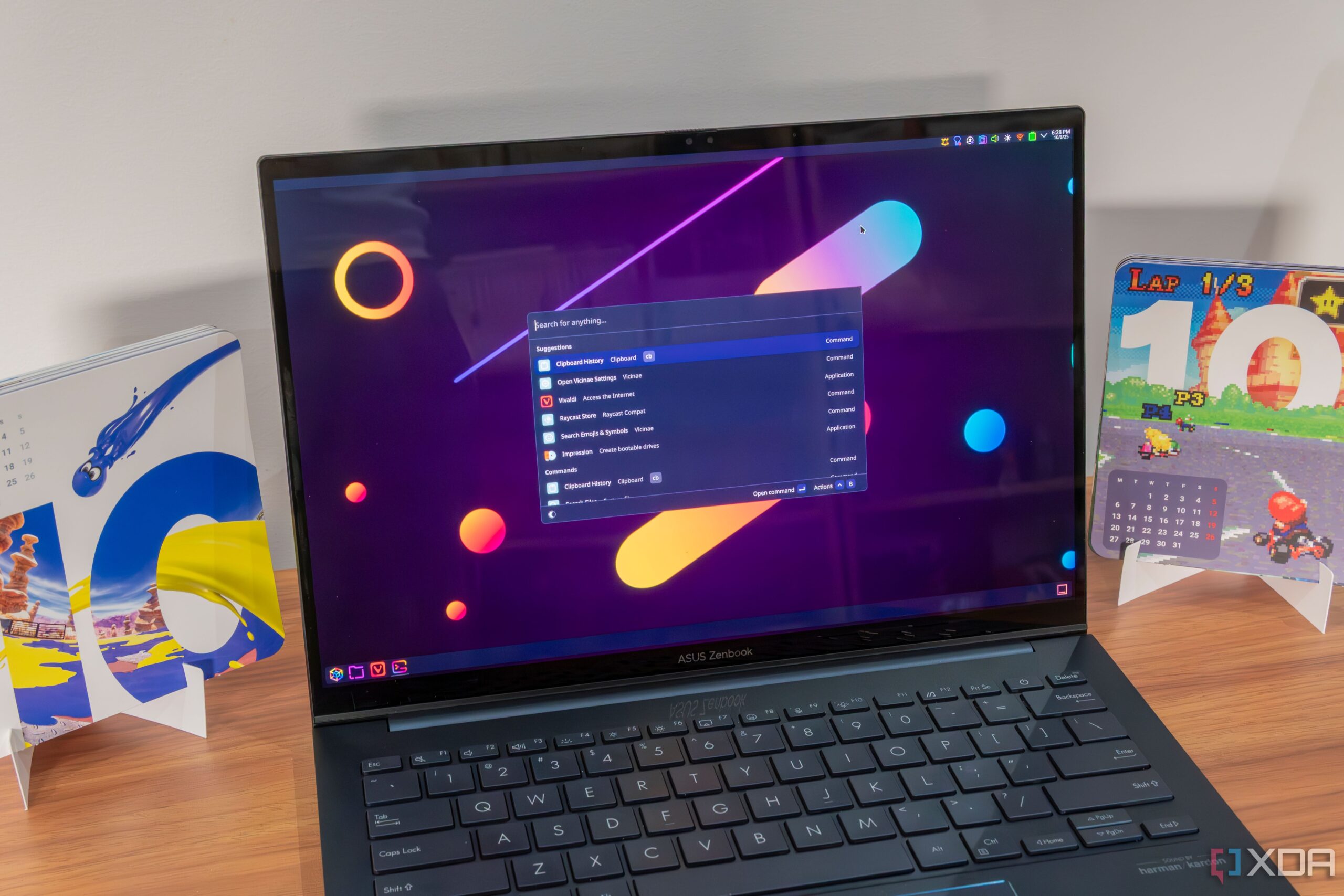UPDATE: A new app, Vicinae, has just launched, bringing the beloved features of Raycast to Linux, generating excitement among users. This innovative tool aims to replicate the functionality of Raycast, a highly regarded launcher for macOS and Windows, making it easier for Linux users to access apps and settings efficiently.
Vicinae’s arrival is significant for Linux enthusiasts who have been longing for a similar experience to Raycast. Users can now open applications and utilize a variety of features—including clipboard history and an emoji picker—through a streamlined interface. This development comes at a time when many are seeking productivity tools tailored for Linux environments, as noted by numerous users sharing their positive experiences.
The key features of Vicinae include a user interface that closely mirrors Raycast, allowing for quick access to functions through keyboard shortcuts. While it does require users to set up these shortcuts manually, the end result is a familiar and efficient workflow. Users can also summon Vicinae directly from the terminal, thanks to a recent update that enhances accessibility.
What sets Vicinae apart is its ability to incorporate Raycast extensions with minimal effort. Notably, users can access popular extensions like the YouTube search tool and the Video Downloader, although the latter currently faces some functionality issues. These extensions are available through the Raycast Store, which adds to Vicinae’s appeal. However, users will need to be cautious, as the compatibility of extensions may vary.
Despite its strengths, Vicinae does have some limitations. The installation process can be complex, particularly on different Linux distributions. Users on Arch Linux may find the setup straightforward, while those on Ubuntu might struggle with more intricate instructions. Furthermore, the app’s performance can differ based on the user’s desktop environment. For instance, KDE Plasma users may notice longer response times compared to those on GNOME.
Another downside is the handling of keyboard shortcuts, which differ from the seamless experience on macOS or Windows. Users must summon the launcher first, which can detract from the speed and efficiency that Vicinae aims to provide. Additionally, some features may not work as intended depending on the specific Linux setup.
Nonetheless, the introduction of Vicinae marks a pivotal moment for Linux users who have long desired a Raycast-like experience. As the app continues to develop, its potential for growth and improvement remains promising. The community eagerly anticipates future updates, hoping for enhancements that could further refine the user experience.
As Vicinae gains traction, it’s clear that the app has struck a chord among Linux users. With its user-friendly design and essential features, Vicinae is poised to become a staple for those looking to enhance their productivity on Linux systems. Users are encouraged to share their experiences and contribute to the ongoing evolution of this exciting new app.
Stay tuned for more updates as Vicinae continues to develop and evolve in the coming weeks!







































































